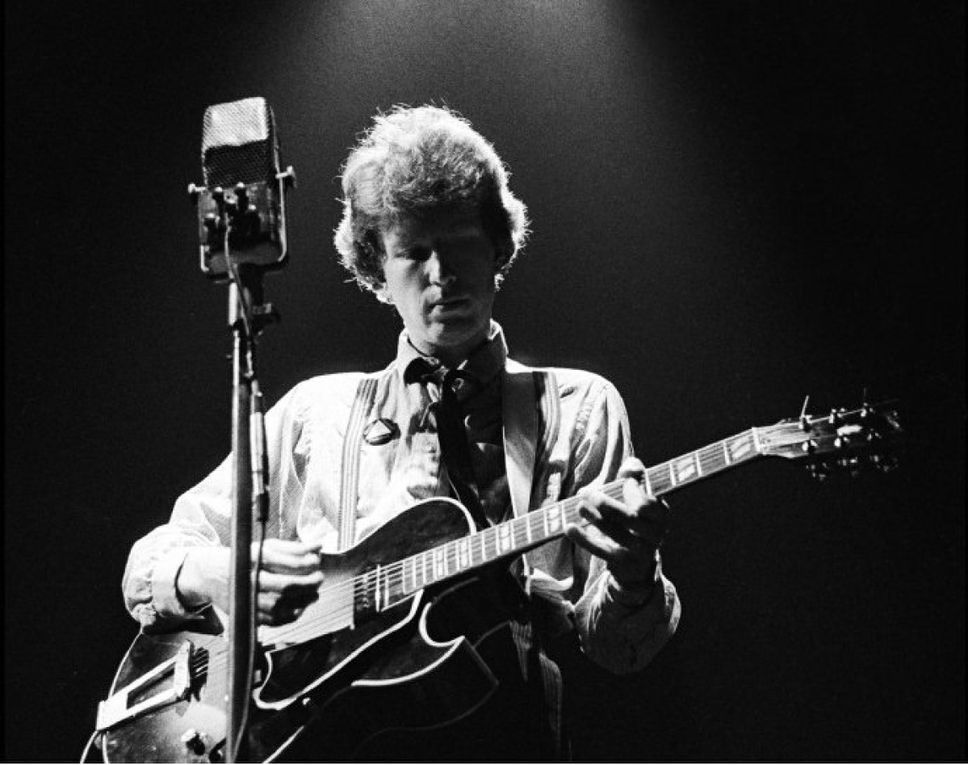Beautiful
- Reagan Tkatch
- Dec 9, 2020
- 4 min read
Originally written by Linda Perry but performed by Christina Aguilera; Beautiful moved mountains in the gay community due to its explicit mention of the LGBTQ+ community within the music video and lyrical representation.
It is crucial to understand the social context prior to fully diving into the song in able to get a broader understanding of why this song is such an important part of the LGBTQ+ community. Questioning the typical American beauty standards Beautiful was written at a time where same sex marriage was still not legal, and representation of the community was still considered "taboo."
Beautiful was written to escape the boundaries of societal beauty standards and showcase the limitless extent of what beauty can be. Media at that moment in time was littered with unrealistic beauty standards, keeping people in a box of what beauty is, and had very little representation of LGBTQ+ beauty. In collaboration with the video and actual lyrics, the song aimed to unite people of different sexual orientations, looks, etc. to show that beauty is limitless.

(Beautiful album cover ())
Lyrical Examination
Beautiful can be analyzed by approaching this song through the lens of an individual in the LGBTQ+ community. The song includes many references to the community throughout it’s intro, three verses and chorus.
The intro can be translated into how the LGBTQ+ community may feel when in public with their significant other or dressed in a certain way. The raw emotion that Aguilera transcends into these four simple words emphasizes this meaning and creates an ethos which urges the song to be taken seriously.
Verse one speaks of the anxiety the LGBTQ+ community hold as society continually disregards them as what is considered “normal.” Furthermore, exploring the shame many members may experience due to verbal, physical or mental abuse they receive online or in person.
"Don't look at me"
Verse two transcends into the topic of depression and the feeling of being misunderstood. With societies discrimination and cruelty, the LGBTQ+ community of the early 2000s were often victims of depression and suicides.
"So consumed in all your doom. Trying hard to fill the emptiness"
The chorus directly targets the theme of the song by speaking on self-love and acceptance in a world of disdain and lack of understanding. Highlighting that there is no true perfect form of “beautiful” but instead should be celebrated in everyone.
"You are beautiful no matter what they say. Words can't bring you down"
The bridge communicates a message of positivity and growth, that there is a light at the end of the tunnel. In terms of the LGBTQ+ community, this relates to the suicides that were occurring at this time among the young gay youth.
"The sun will always, always shine. And tomorrow, we might wake on the other side"
The Music Video
The music video is another major part of the overall song that sparked a chord with the LGBTQ+ community that other songs of the time had never been able to reach. Aguilera was adamant on the inclusion of LGBTQ+ imagery within the video, therefore a transgender woman and gay couple are depicted.
As seen in the gif below, one of the first scenes of the music video includes imagery of an older man dressing as a woman. This is a crucial scene as it communicates a greater acceptance of the transgender community within pop music culture, a scenario challenged the idea of what it means to be "beautiful" or normal in society.
()
In the gif below a scene of two men kissing on a park bench is included. In this scene beyond the two men, you can see people staring at them with disgusted looks on their faces as they walk by - which relates to the kind of reaction members of the community get just by living by their true selves. This scene aimed to recognize and normalize gay relations, and distinctly calls out the unforgiving nature of the human population.
()
The lyrics combined with the visuals of the music video made a very big political and social stance against homophobia. Displaying LGBTQ+ imagery within mainstream pop at the time was still not majorly accepted in society. Aguilera did not care about the controversy or how it may have affected her career, instead she embraced her stance on acceptance and performed this song at a variety of LGBTQ+ events and award ceremonies.
()
Why is this song so important?
In consignment of this song, Christina Aguilera challenges the concept of societal beauty standards and the negative connotation of the LGBTQ+ community. The lyrics and video combined created an excessive feeling of belonging for the community, hence why it was dubbed a Gay Anthem. Although it was not necessarily illegal to be a part of the community, discussion or acknowledgment of them was still an issue.
Her support and representation of the LGBTQ+ rights protest is what earned her the GLAAD Media Award for Special Recognition in 2003, and reaped the name of “the most empowering song of the previous decade for LGBTQ+ peoples” by Stonewall nation.
In fact, her song was so inspirational that in March of 2011, the Columbus Children's Choir and Columbus Gay Men’s chorus joined together to perform the song as a contribution to the It Gets Better Project (which was an internet-based non profit project by gay activist Dan Savage and his husband Terry Miller in support of Gay Rights Activism.)
The lyrics combined with the visuals of the music video made a very big political and social stance against homophobia. Displaying LGBTQ+ imagery within mainstream pop at the time was still not majorly accepted in society. Aguilera did not care about the controversy or how it may have affected her career, instead she embraced her stance on acceptance and performed this song at a variety of LGBTQ+ events and award ceremonies.
w.c. 936



Comments